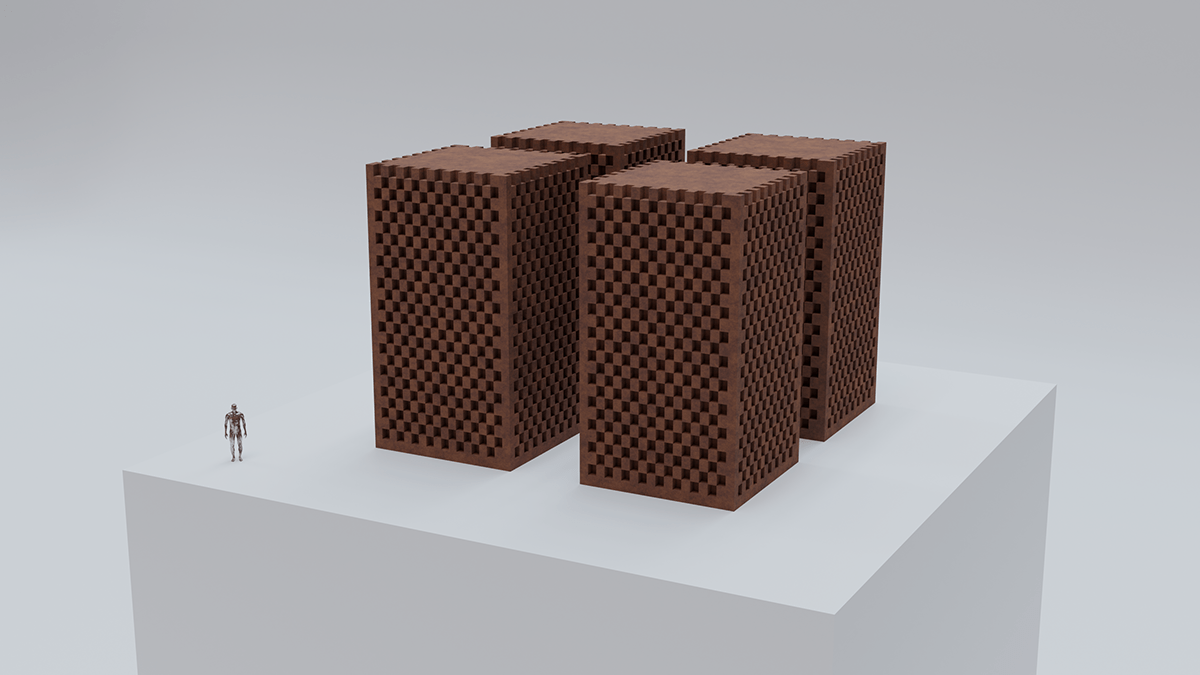
Aesthetics Over Access: Hostile Terrains
In the past, those with physical disabilities have been systematically mistreated and underrepresented in society, alongside being neglected in the progressively developing environments around them. The climate of physical accessibility in developing societies is steadily improving over time, yet despite this, there is still work to be done in order to make public terrains and features available for everyone.
This is evidenced by certain outlying examples of modern architectural design that have opened in recent years to the general public. One such case is the Hunters Point public library in Queens, New York, which found itself grossly inaccessible to people with mobility impairments. Within this building, the placement of the adult fiction section found itself between the first and second floors on a set of three terraced levels. This was soon called out by patrons as it was apparent that the section was only accessible via a stairway. Deeper analysis made further examples apparent, such as the bottle necks caused from the singular elevator on such a vertically designed building. As this structure was built in late 2019 and ended up amassing a sum of $41.5 million, this concept argues against flaws, protesting that architecture in this age can be approved by multiple layers of authority and yet be so ostentatiously inaccessible.
Getting from one point to another shouldn't be difficult, so why is this the case for many who have a physical disability?
This is all stemmed from a society of ableism, or disability prejudice, which treats accessibility as a low priority - most likely from a lack of awareness as it doesn't affect the average persons day-to-day lifestyle.
This branches off from the credo "form follows function" in which the sense of ornament is superfluous in modern design in comparison to its usage. If like above, a highly-funded commercial space prioritises an appearance over usage, it must be brought to light or challenged.



You only truly understand how difficult accessibility can appear when you're put in the shoes of someone who finds the world to be designed against them. Designed to make the average person feel vulnerable or helpless in the face of vertical scale. The outcomes stand in to criticise the failures of modern accessibility, highlighting the issue and encouraging a fully-mobile audience to view accessibility standards not as an extra, but as a key factor of planning like health, safety, and structural soundness.
The overall design is initially broken down, being presented through varied compositions to show it off as both a set of individual components and a collective. Each standing in to criticise the failures of modern accessibility, highlighting the issue and encouraging a fully-mobile audience to view accessibility standards not as extras, and instead a key factor such as health, safety and structural soundness. It forces the audience to question and consider what a speculative future such as this could hold for them if it was to suddenly take place.
Would they no longer be able to access facilities when they start to grow older or if they were involved in an accident?
The three sections act as stages of progressing inaccessibility, with the terrain action less traversable the further one scales the tower. As evidenced by the aerial shot, it provides a new viewpoint on the designs vertical scale with them each adopting a similar shape, yet act vastly different in terms of access; with missing steps and what look like frayed edges to scale the structure. Once the sections are combined, it further acts as an imposing obstacle to overcome, reinforcing the ideas of oppressive design.




Model is available for viewing both through standard viewing and Augmented Reality (AR).


